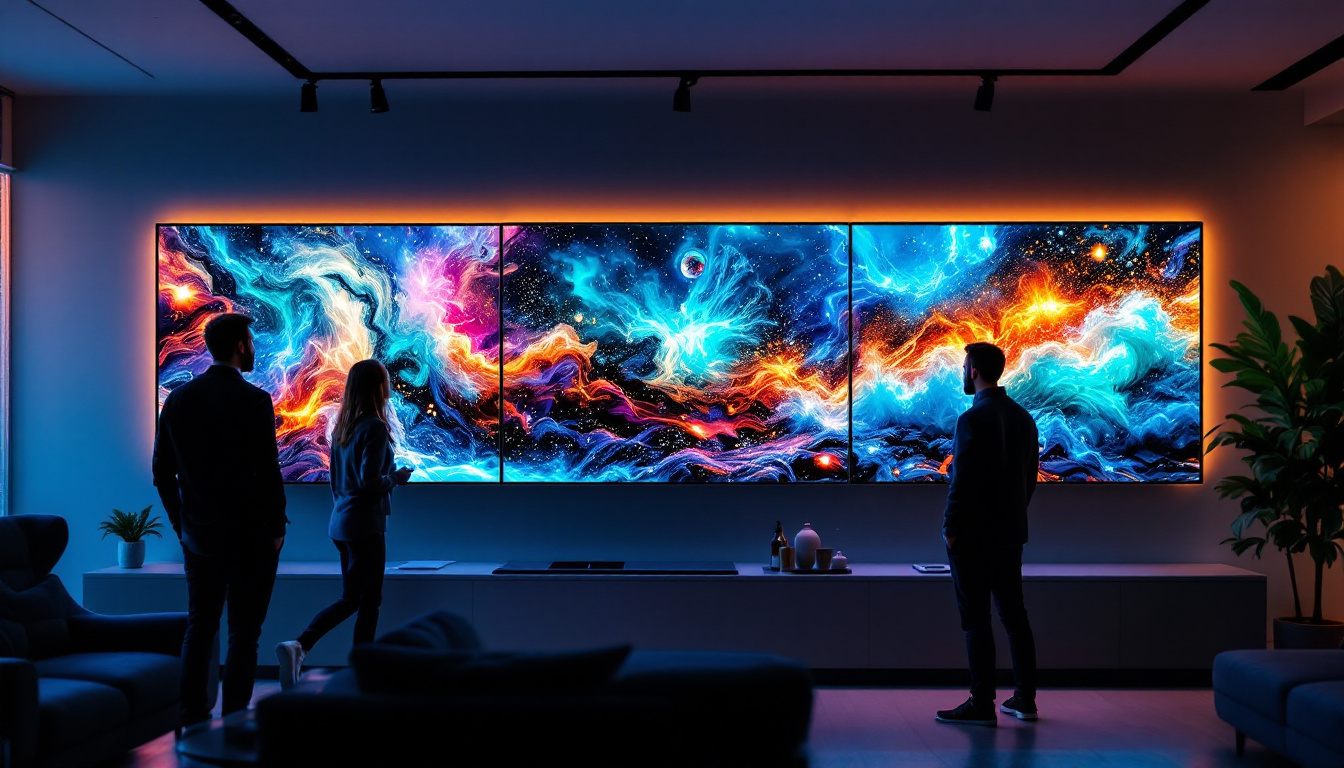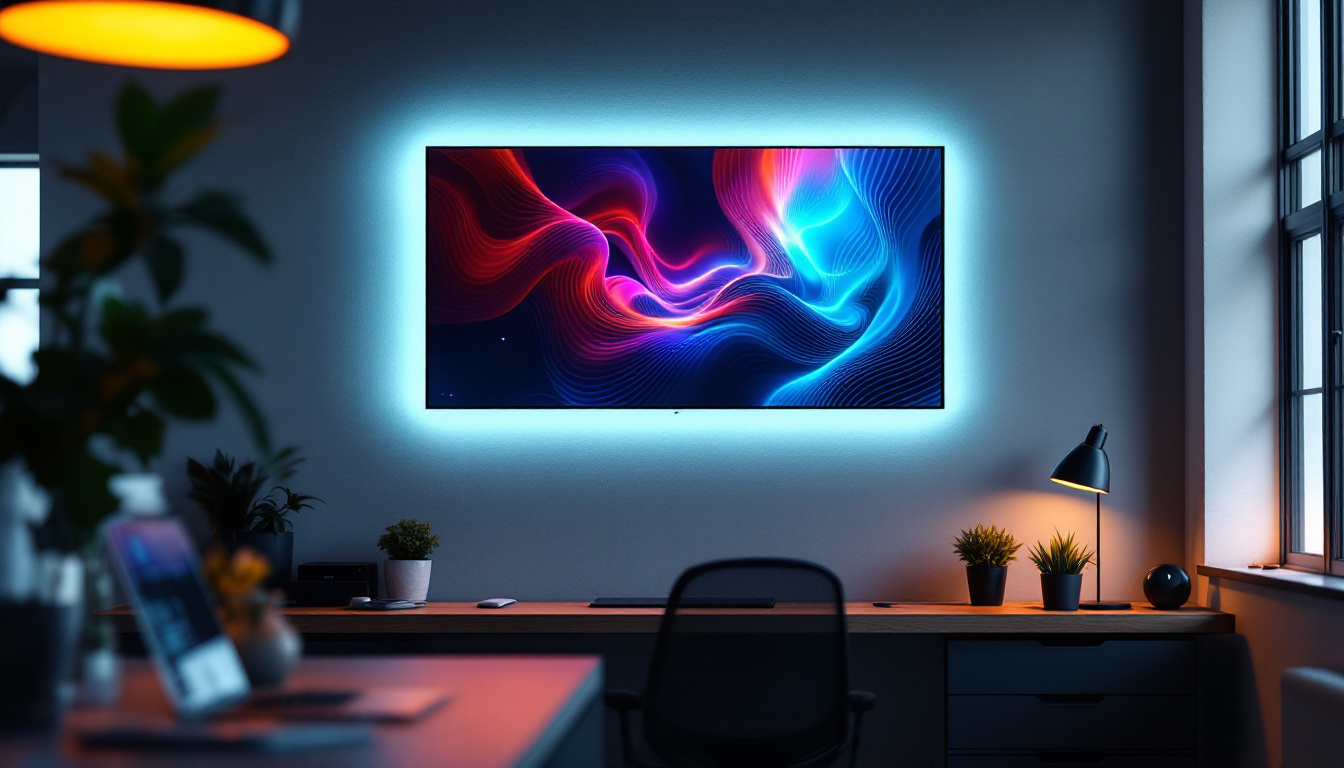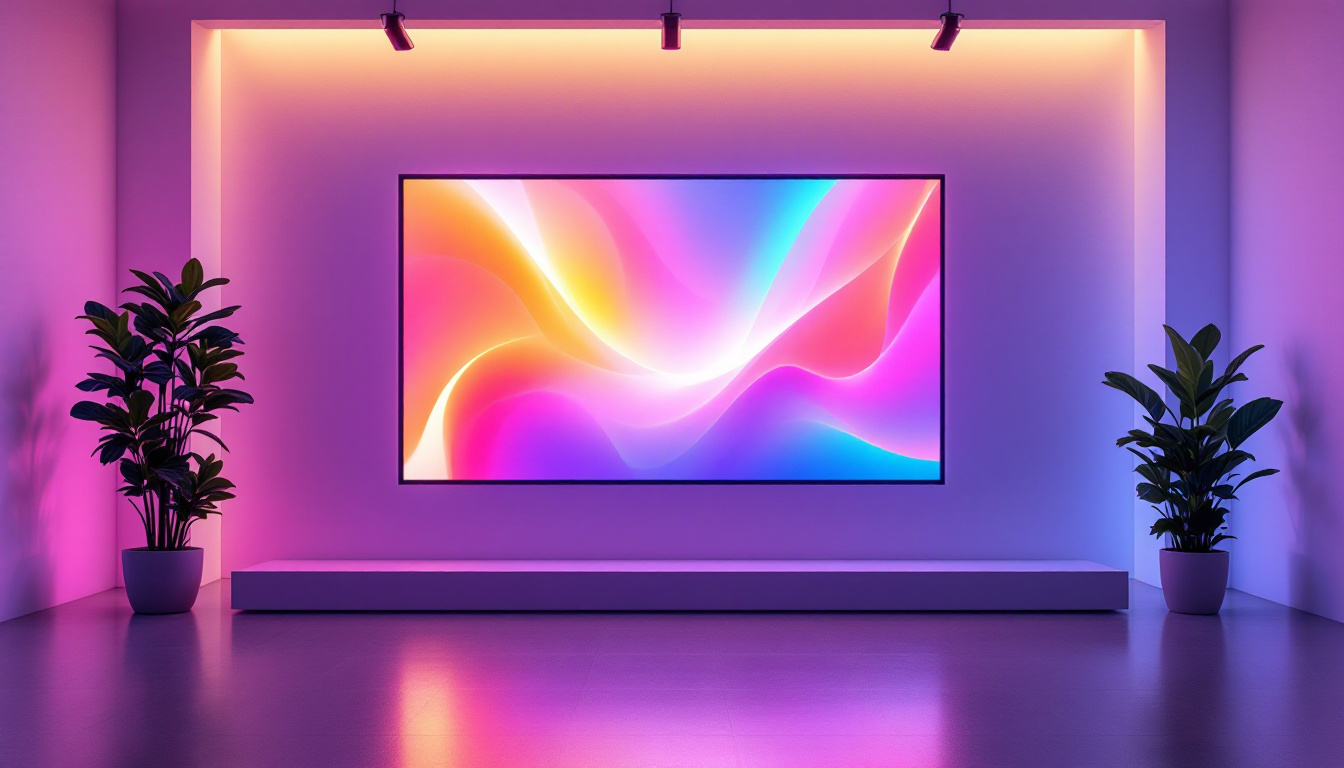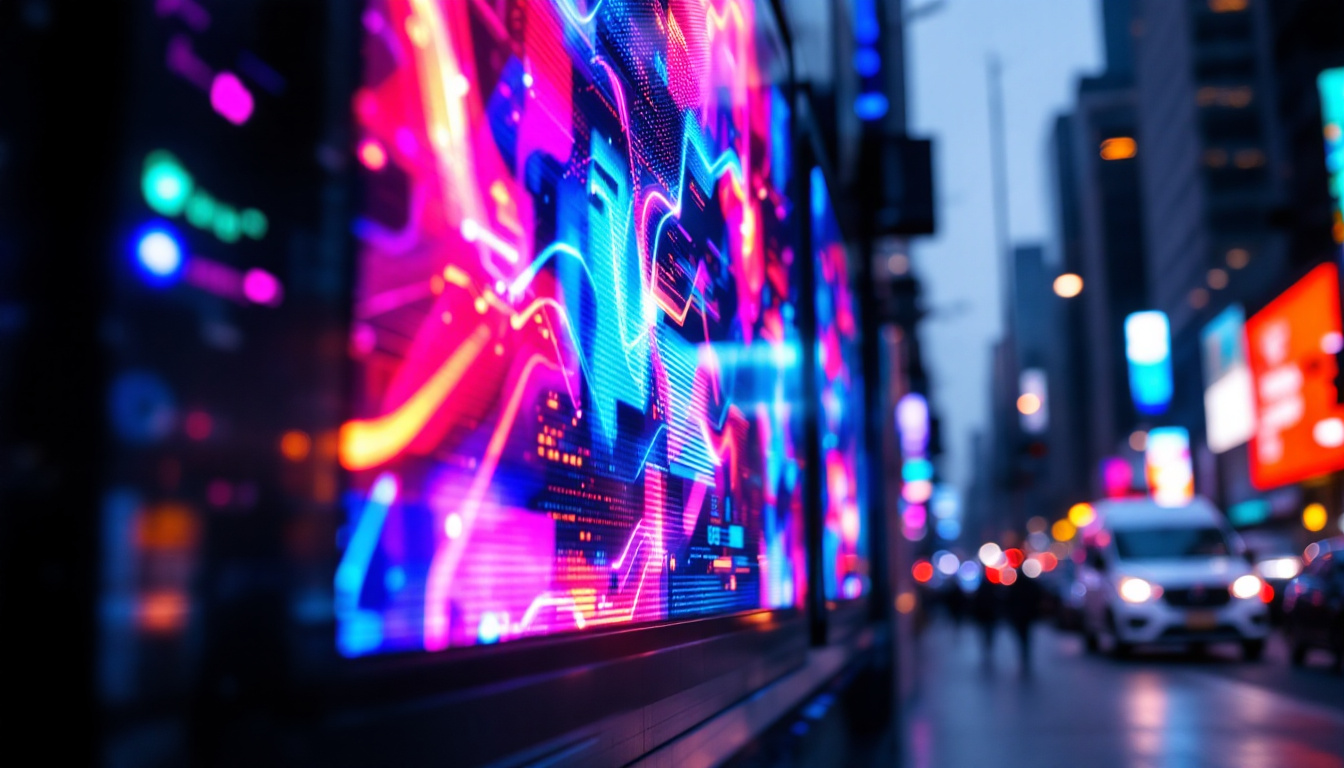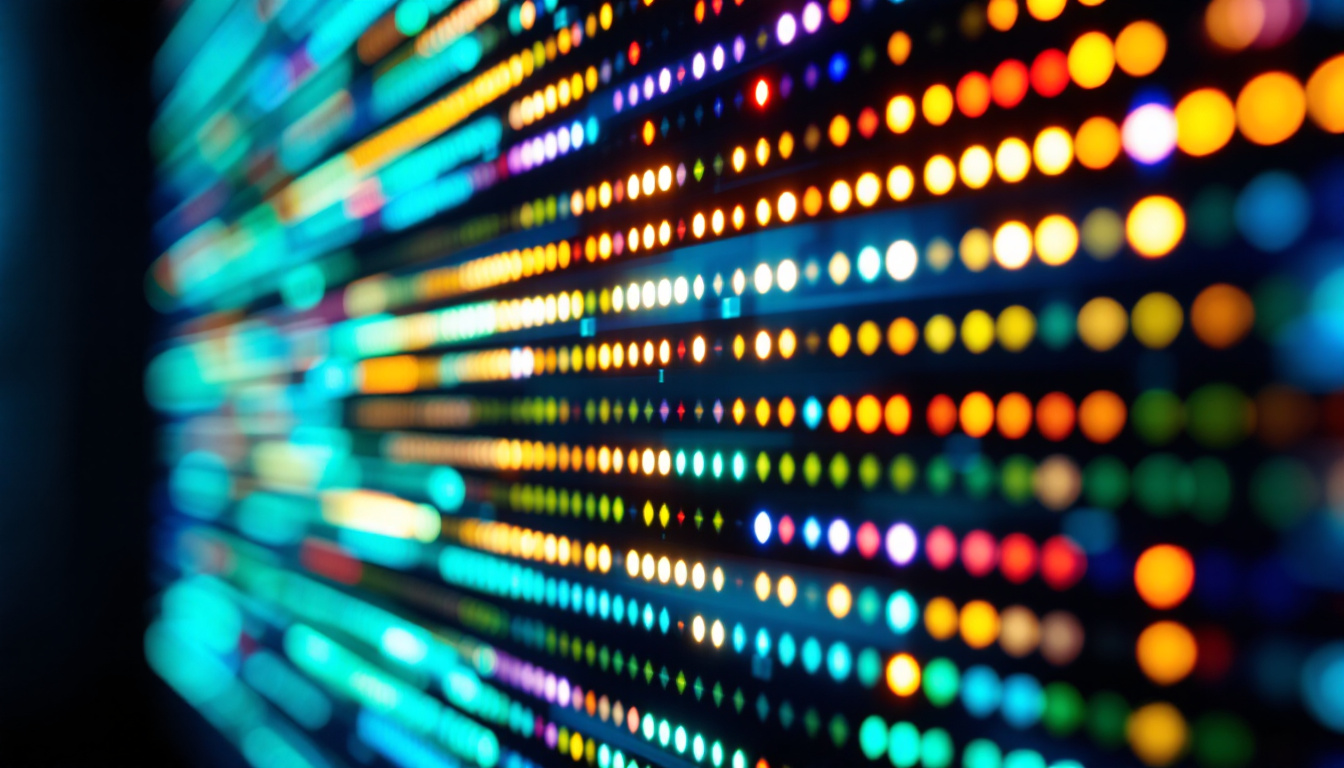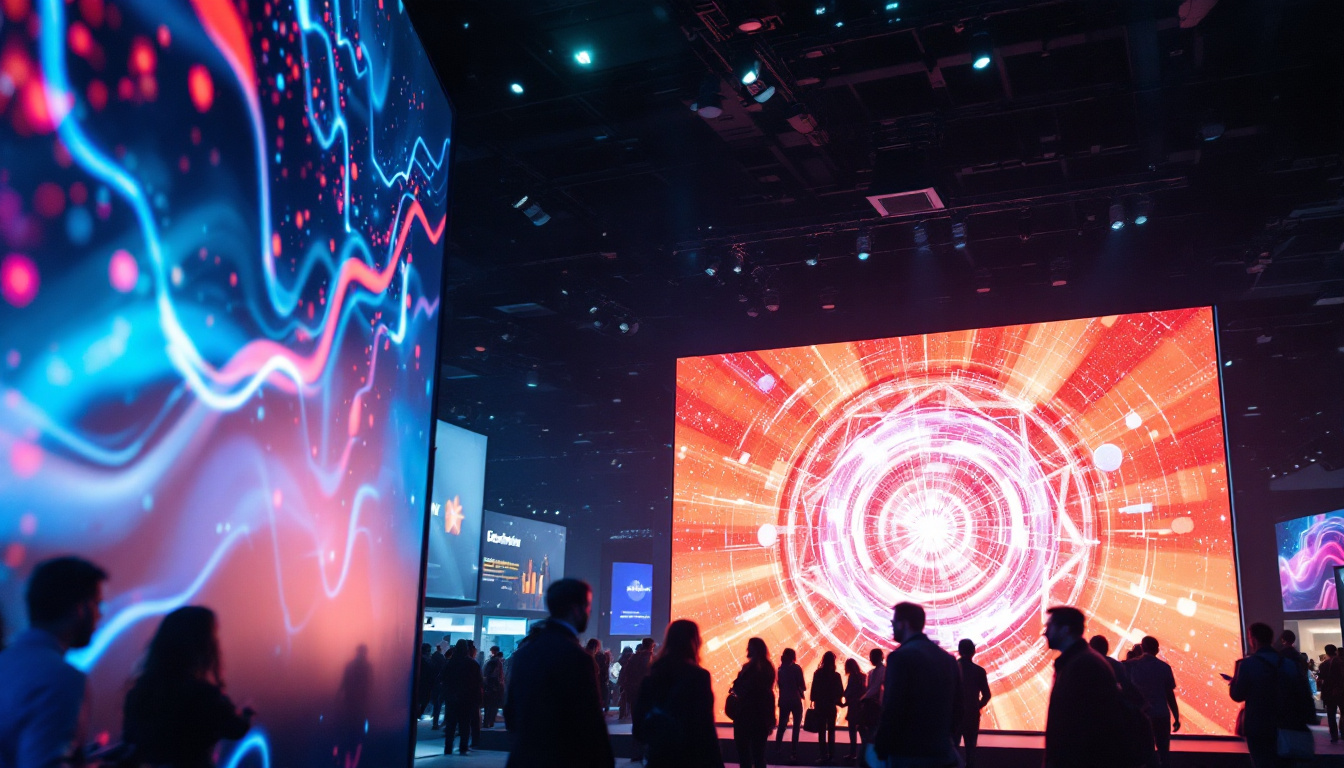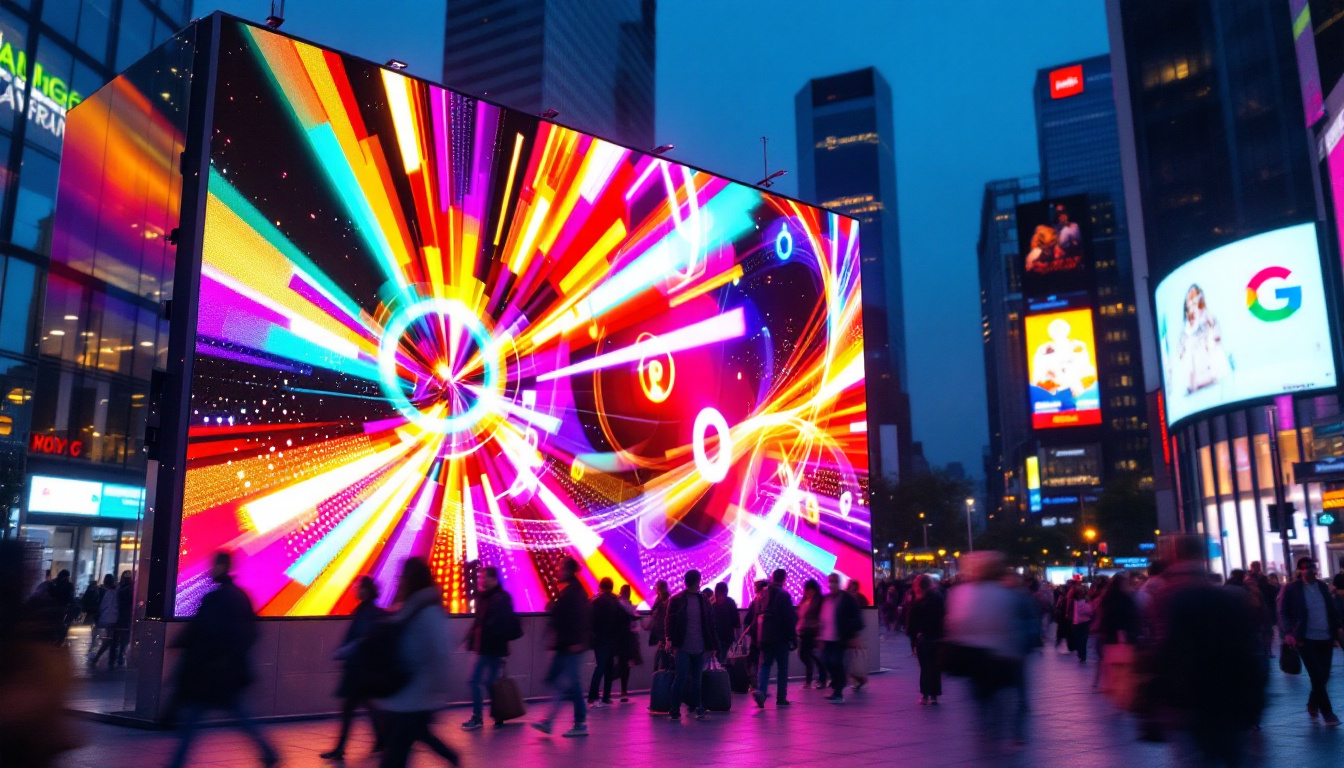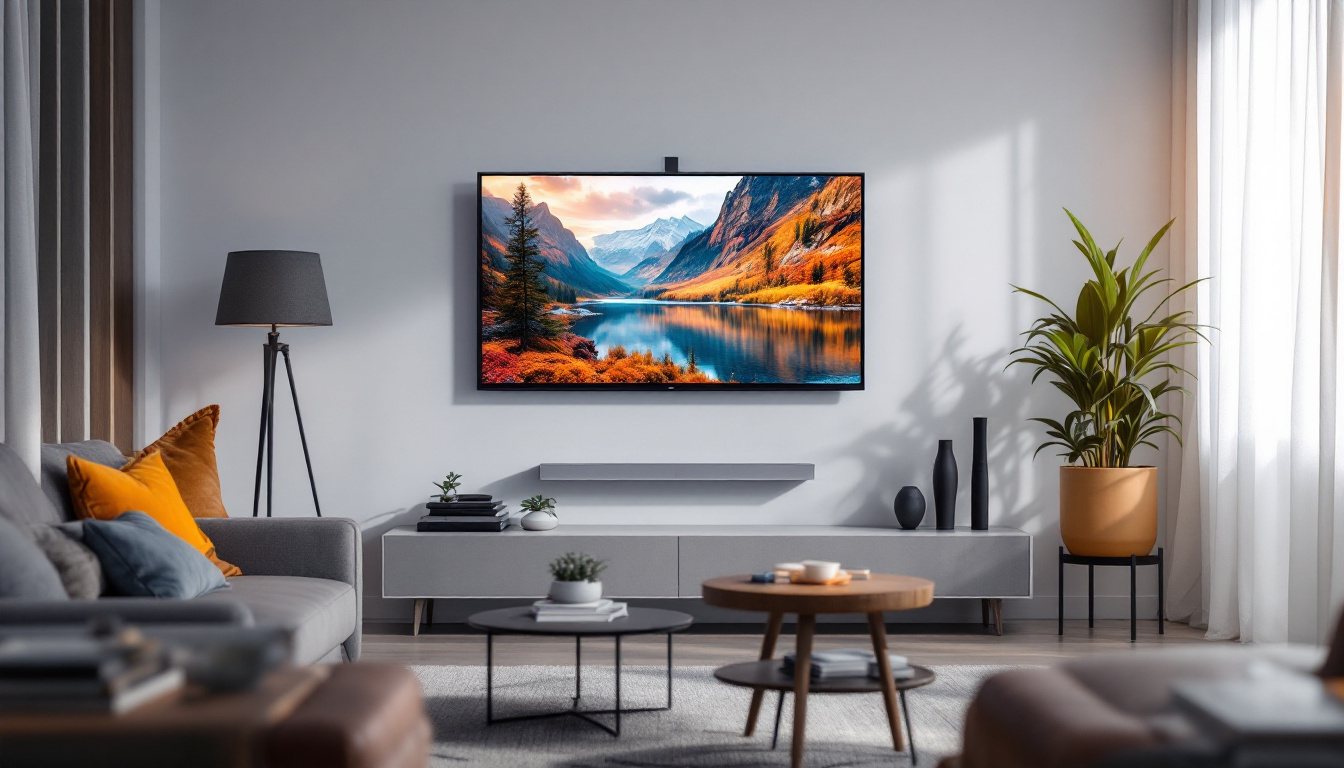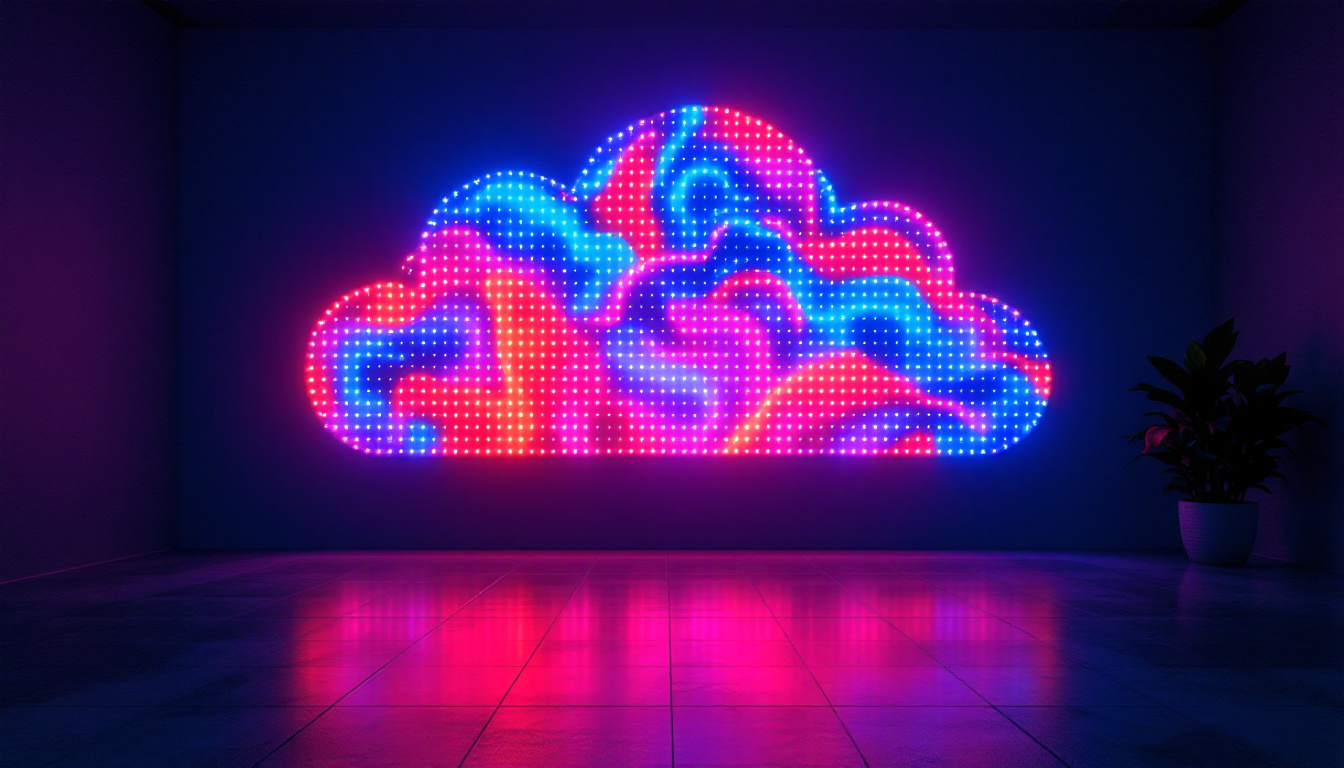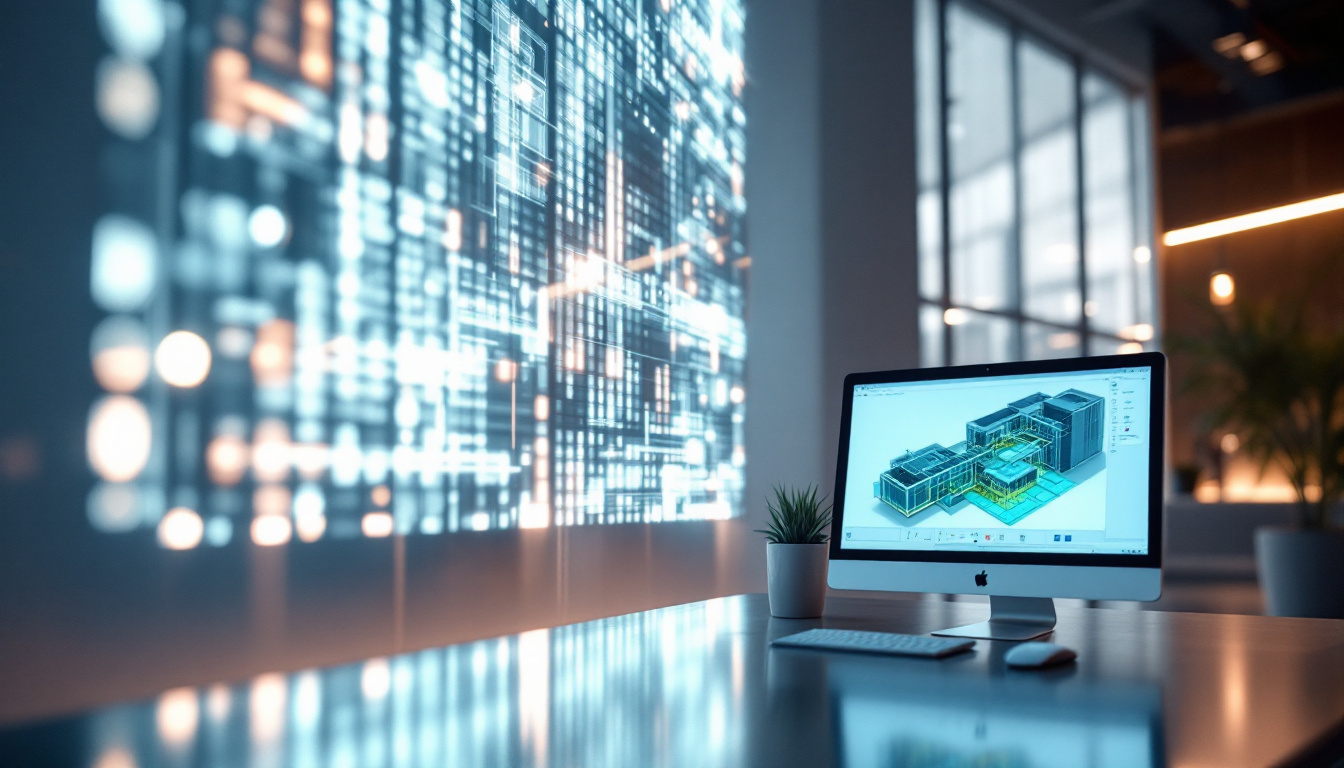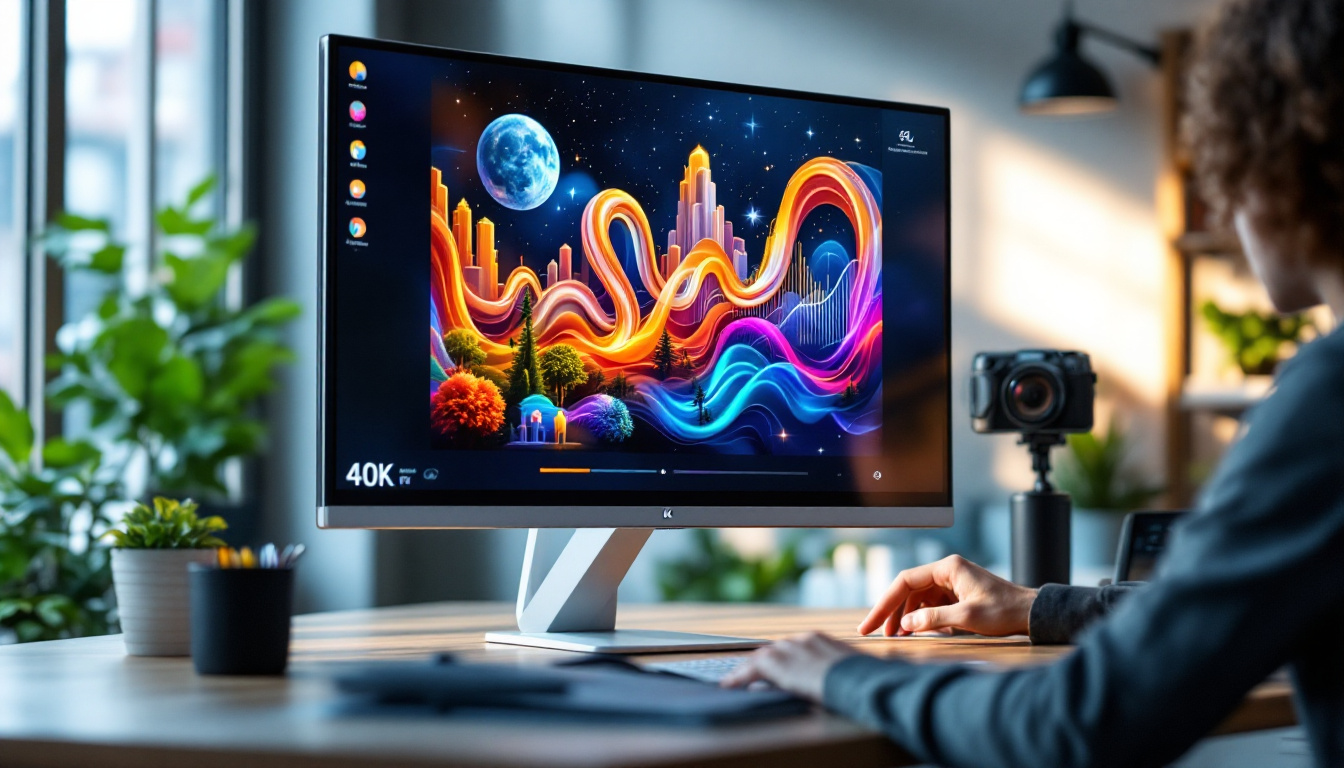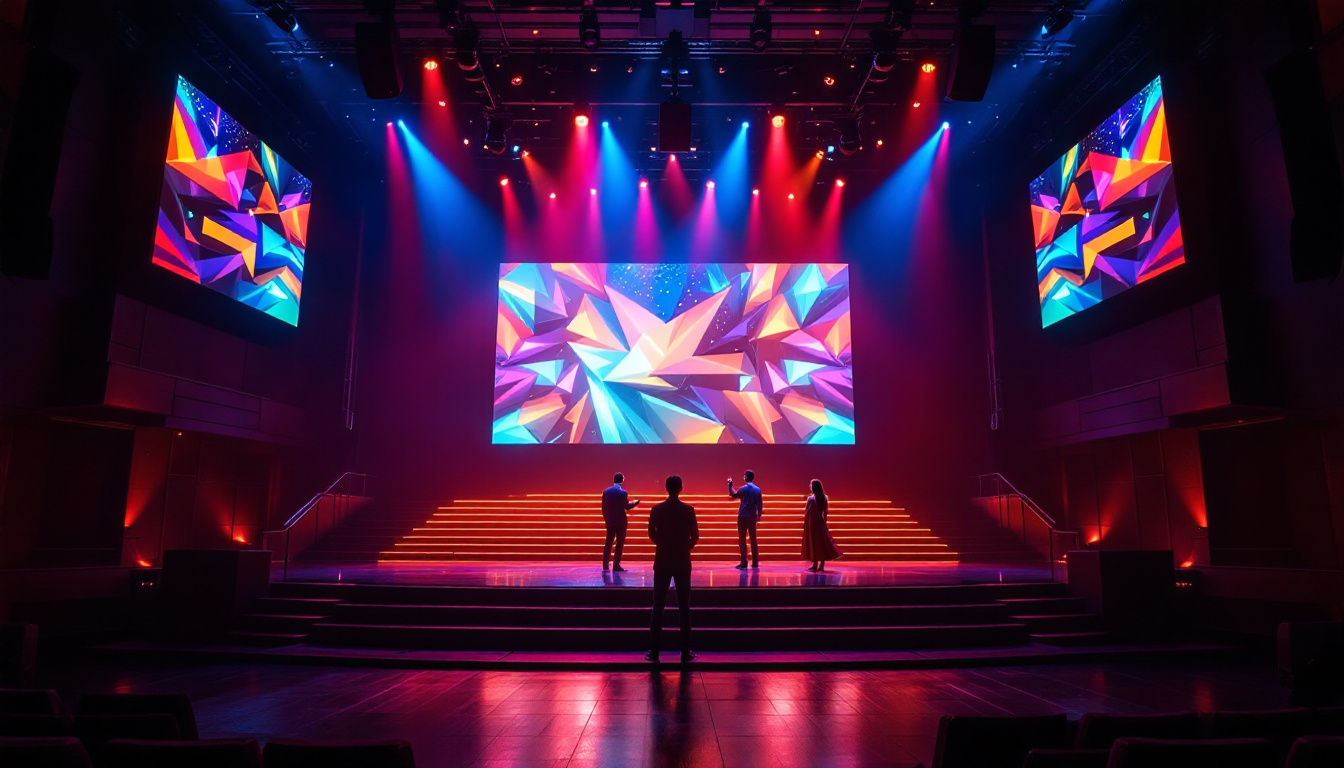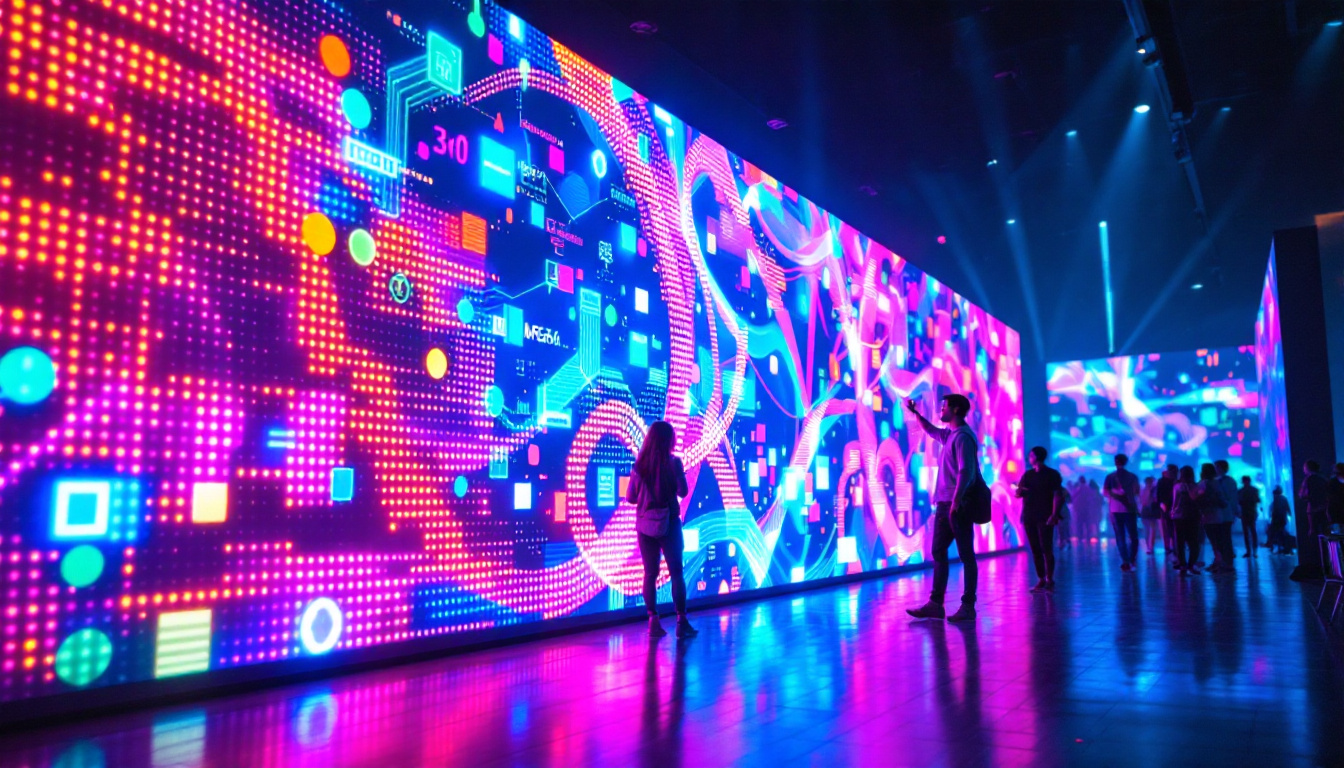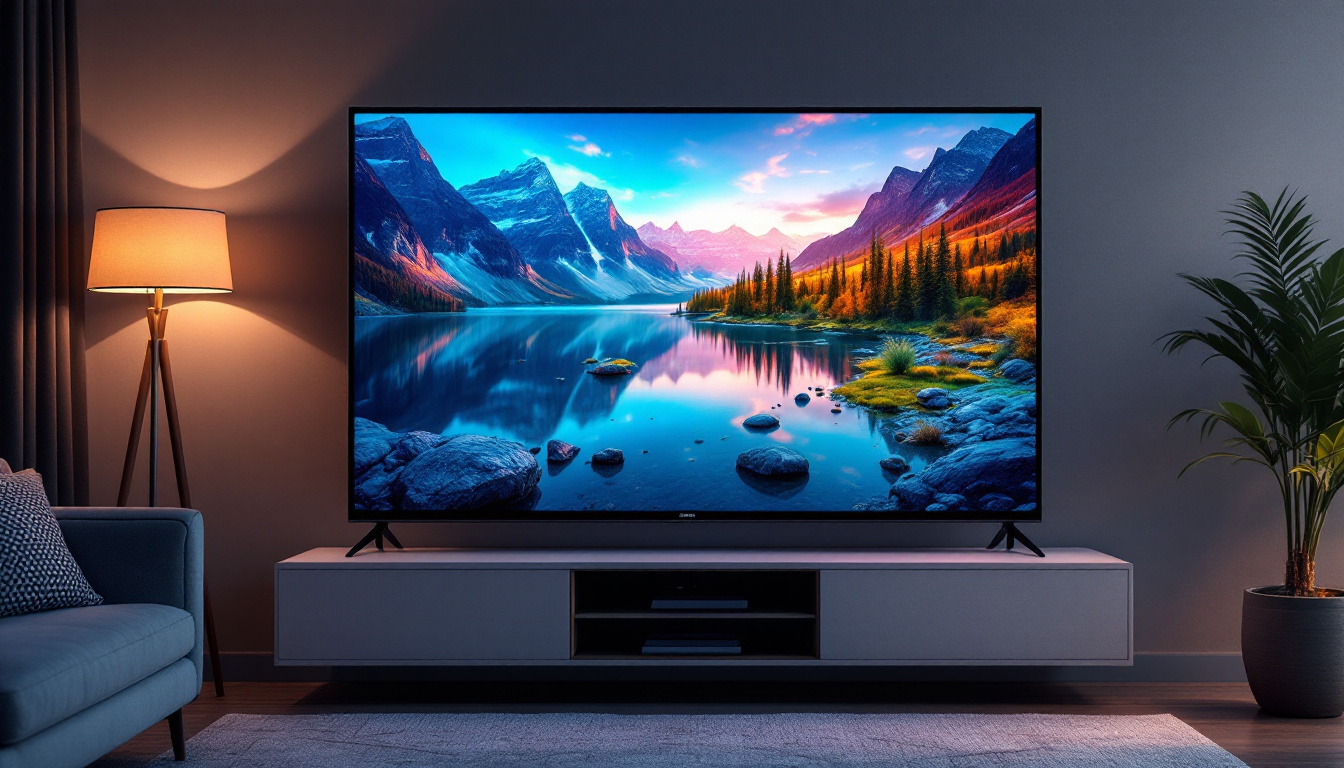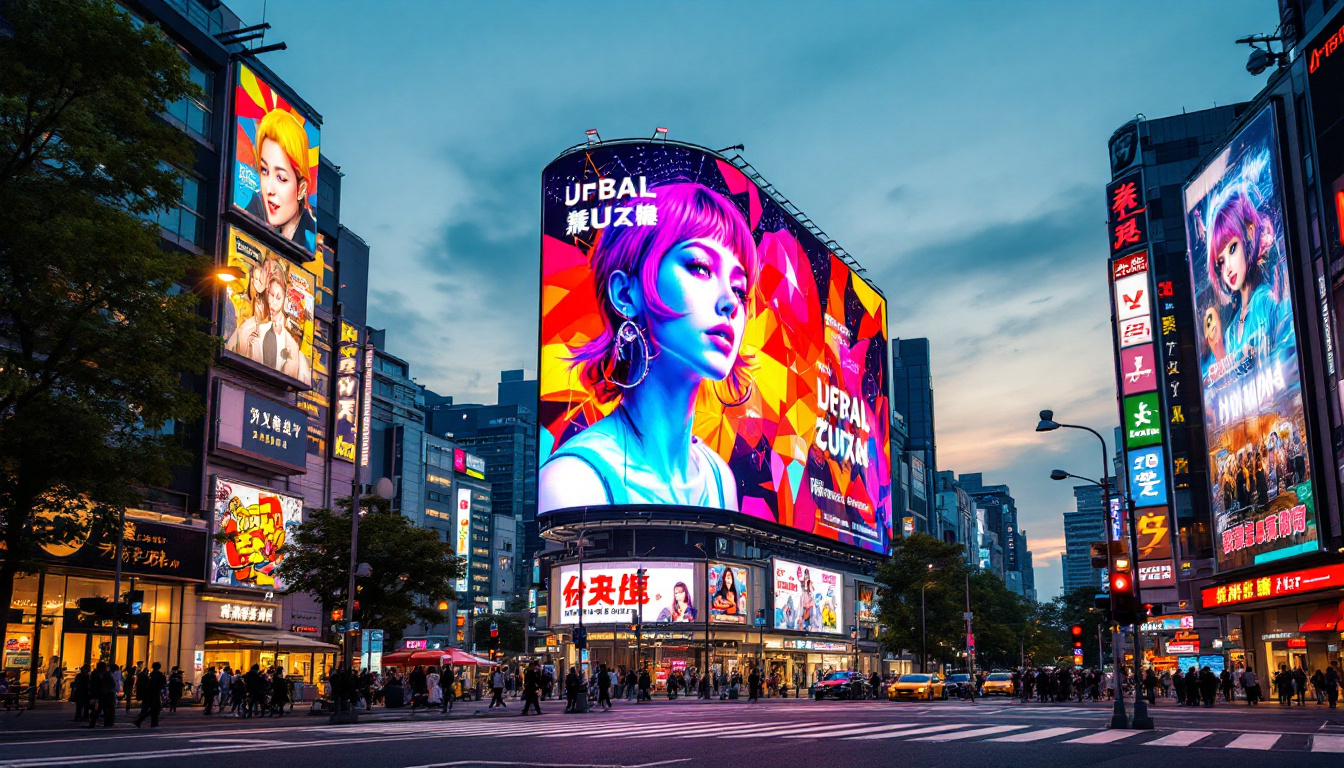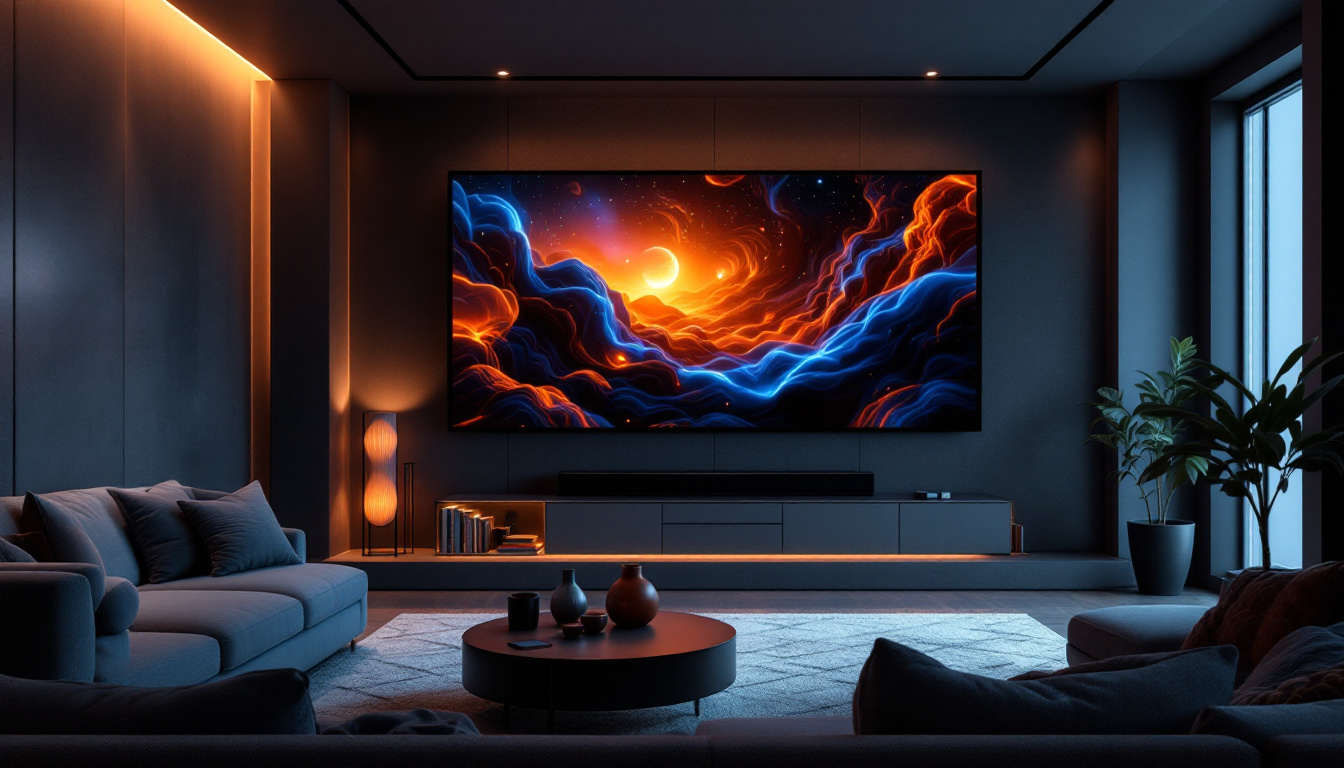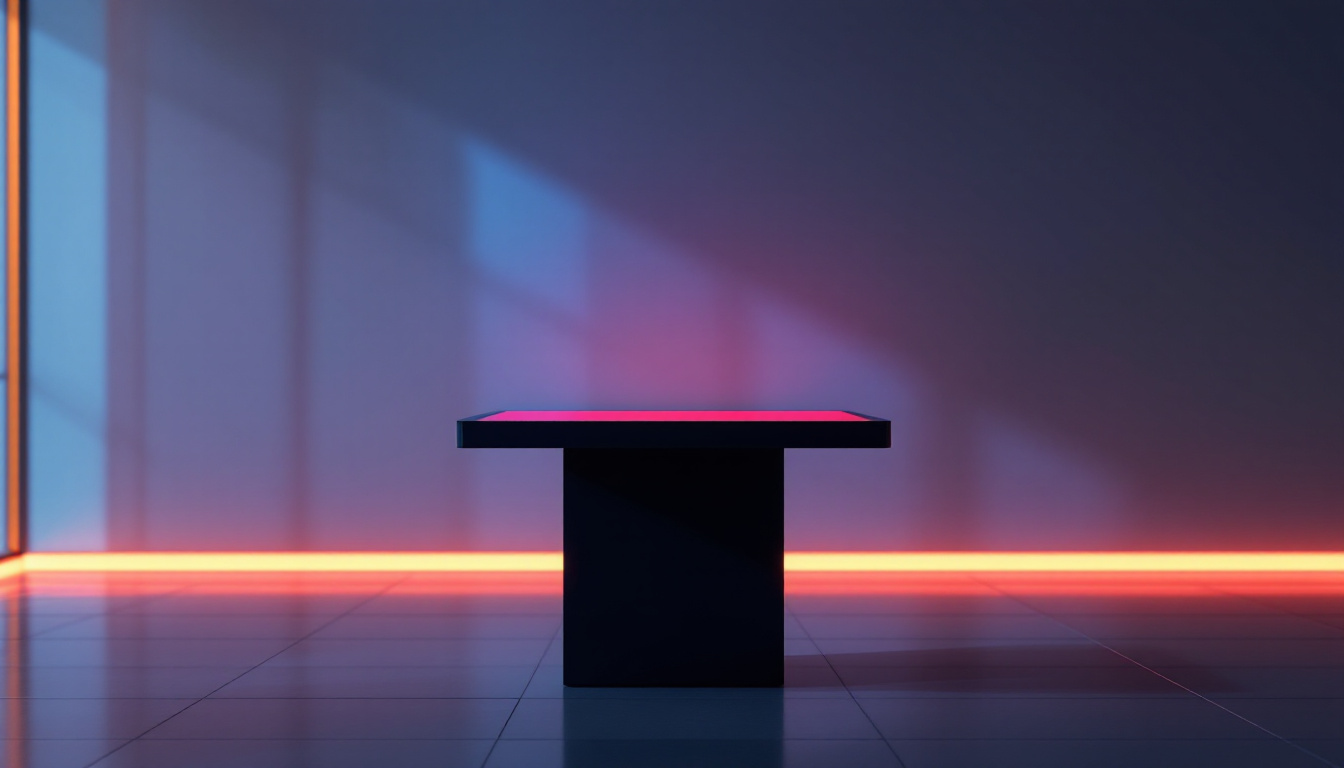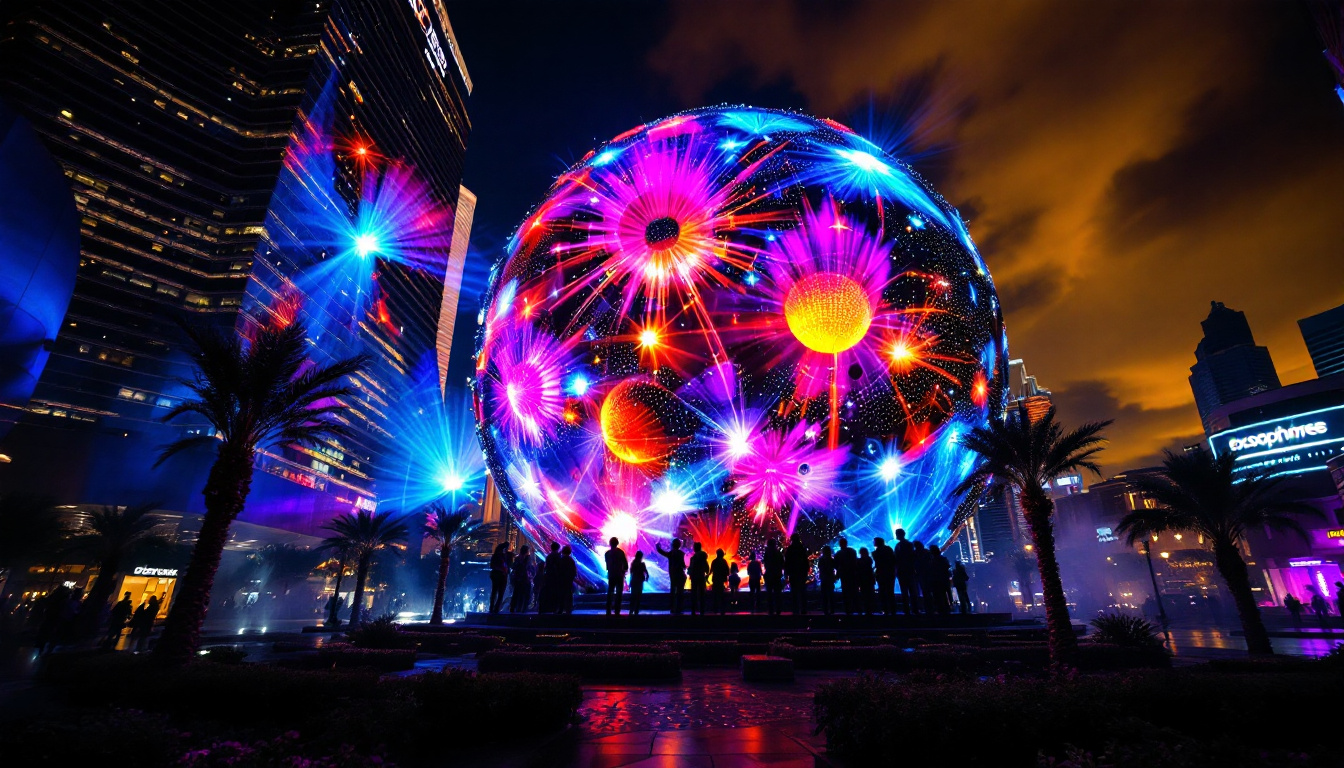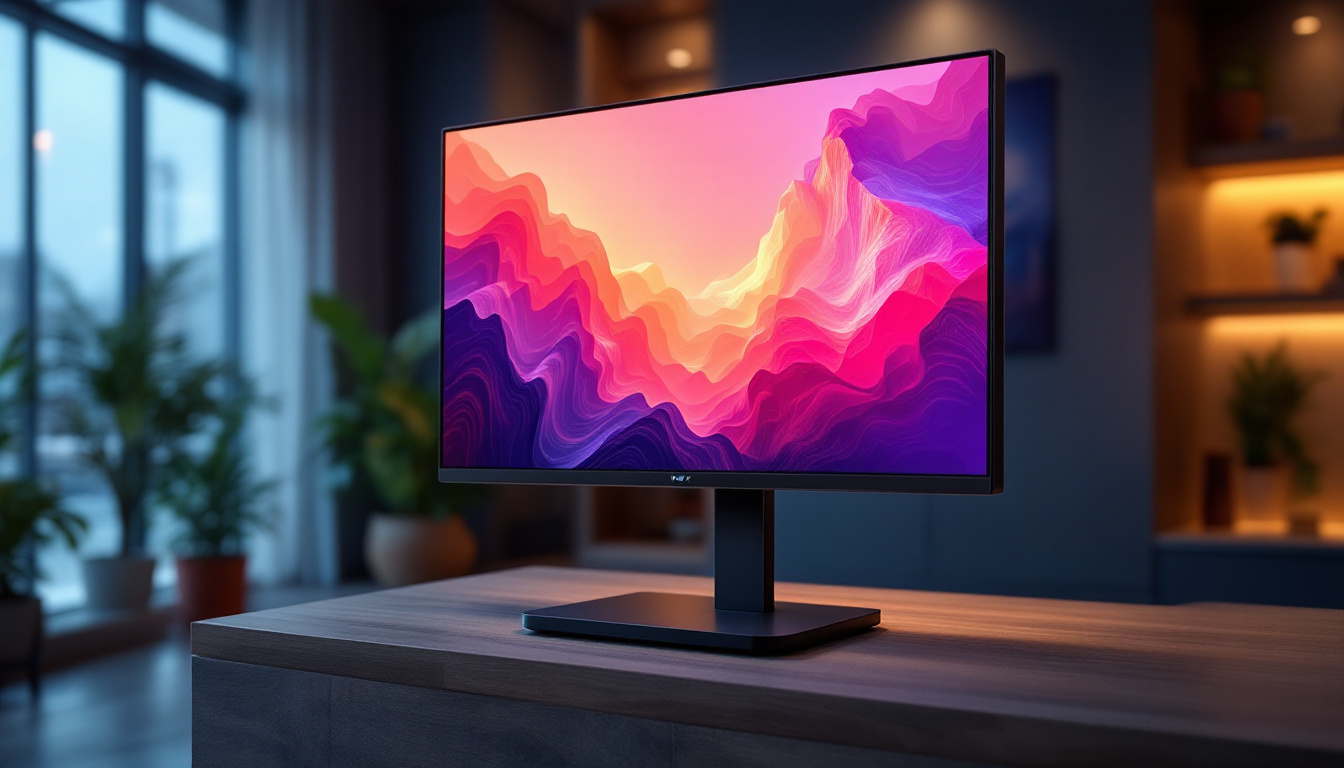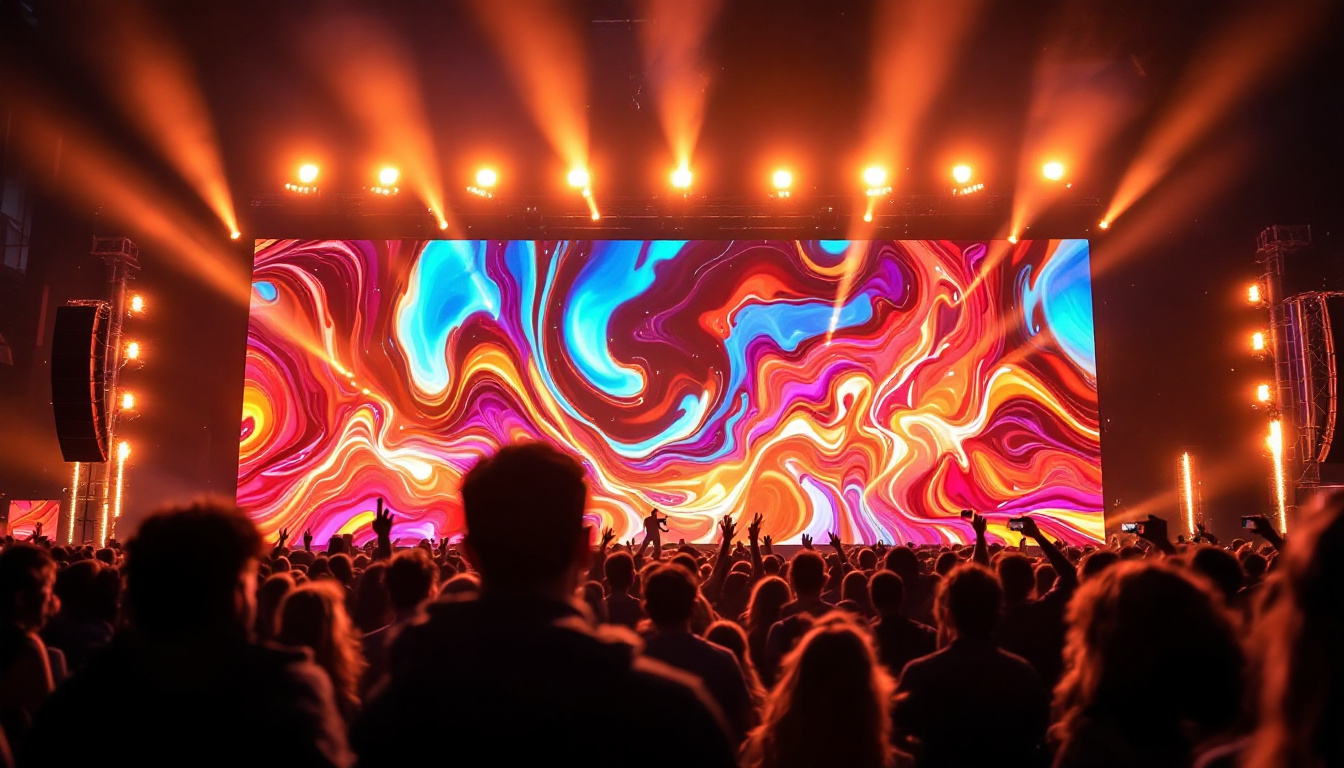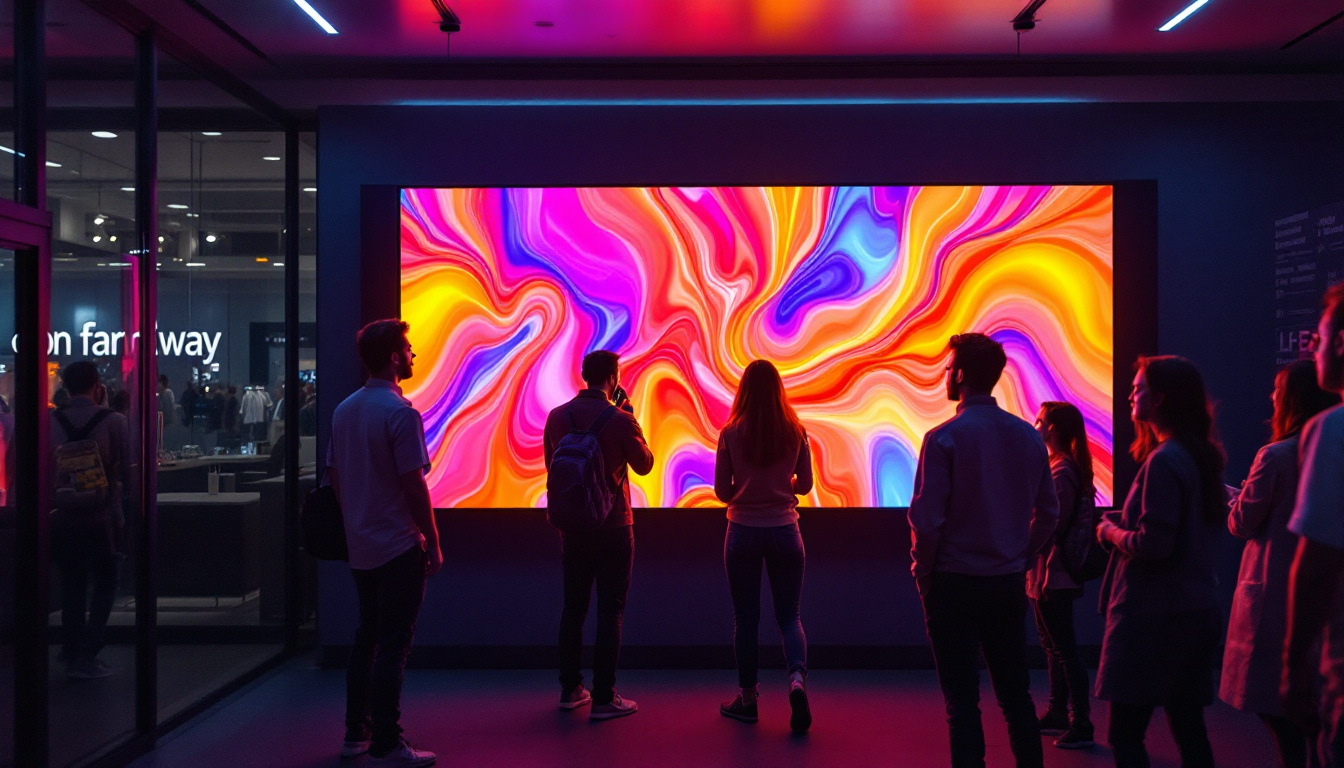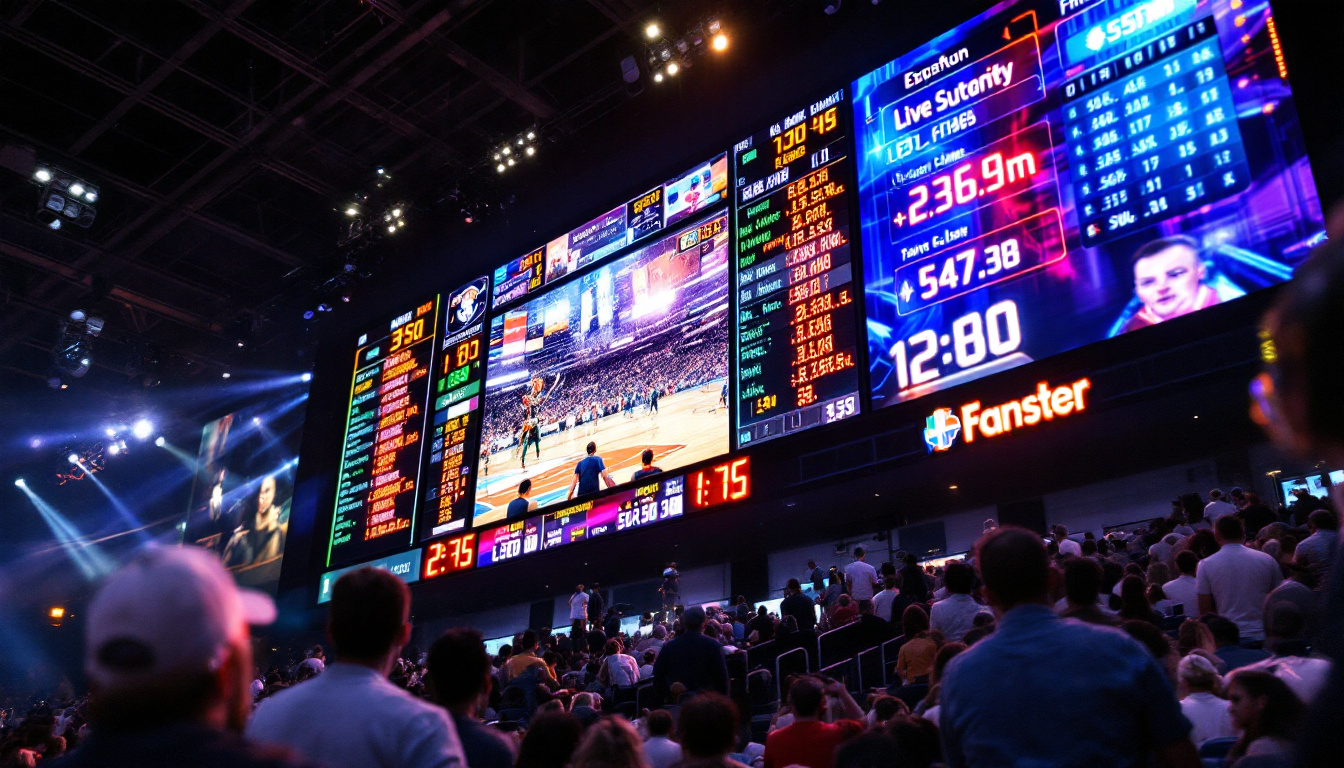The advent of technology has led to remarkable innovations in display systems, one of which is the transparent screen. These screens are not only visually striking but also serve practical purposes across various industries. This article delves into the intricacies of computer transparent screens, particularly focusing on LED display technology, its applications, and the future of this fascinating technology.
Understanding Transparent Screens
Transparent screens are displays that allow light to pass through while simultaneously showing images or information. This unique characteristic makes them a versatile option for many applications, from advertising to smart home devices. The technology primarily relies on advanced display techniques, including LED (Light Emitting Diode) technology, which enhances the visual experience.
The Mechanism Behind Transparent Displays
Transparent screens function by utilizing a combination of light transmission and image projection. In essence, these displays are designed to emit light while allowing ambient light to filter through. This dual capability is achieved through a careful arrangement of LEDs and transparent substrates.
When an image is projected onto a transparent screen, the LEDs illuminate specific pixels, creating a vivid display. The surrounding areas remain transparent, allowing viewers to see through the screen. This technology is often employed in retail environments, where products can be showcased behind the display while advertisements are shown on the screen.
Types of Transparent Displays
There are several types of transparent displays, each with its own unique characteristics and applications. The most common types include OLED (Organic Light Emitting Diode) and LCD (Liquid Crystal Display) transparent screens. OLED displays are particularly popular due to their ability to produce vibrant colors and deep blacks, making them ideal for high-quality visuals.
On the other hand, LCD transparent screens often use a backlight to enhance visibility. While they may not achieve the same level of contrast as OLEDs, they are generally more cost-effective and can be used in a variety of settings. Understanding the differences between these types can help in selecting the right transparent screen for specific needs.
Applications of Transparent LED Displays
The versatility of transparent LED displays has led to their adoption across numerous industries. Their ability to blend seamlessly into environments while providing dynamic content makes them an attractive option for various applications.
Retail and Advertising
In the retail sector, transparent displays are revolutionizing how products are marketed. Retailers can place these screens in storefronts or display cases, allowing customers to view products while simultaneously showcasing advertisements or promotional content. This dual functionality enhances customer engagement and can lead to increased sales.
Moreover, transparent screens can be used in interactive displays, where customers can touch the screen to learn more about products or access additional information. This interactive element not only captivates potential buyers but also provides a unique shopping experience that sets brands apart from competitors.
Architecture and Interior Design
Transparent LED displays are also making waves in architecture and interior design. They can be integrated into windows, walls, or even furniture, creating visually stunning environments that captivate visitors. For instance, a transparent screen embedded in a glass partition can display art or information without obstructing the view.
This application is particularly popular in modern office spaces and hospitality environments, where aesthetics play a crucial role in design. The ability to customize content displayed on these screens allows businesses to adapt their environments for various events or themes, enhancing the overall ambiance.
Automotive Industry
In the automotive sector, transparent displays are being explored for use in vehicle windshields and dashboards. These screens can provide essential information such as navigation, speed, and alerts without requiring drivers to take their eyes off the road. This integration of technology aims to improve safety and enhance the driving experience.
Furthermore, as electric and autonomous vehicles become more prevalent, the demand for innovative display solutions will likely increase. Transparent screens could play a significant role in the future of automotive design, offering a blend of functionality and style.
Advantages of Transparent LED Displays
Transparent LED displays come with a host of advantages that make them appealing for various applications. Understanding these benefits can provide insight into why this technology is gaining traction in different sectors.
Enhanced Visibility
One of the primary advantages of transparent LED displays is their enhanced visibility. Unlike traditional screens, these displays allow natural light to pass through, ensuring that they do not obstruct views or create dark spots in a space. This feature is particularly beneficial in retail environments, where visibility is crucial for attracting customers.
Additionally, the vibrant colors and high contrast of LED technology ensure that the displayed content remains clear and engaging, even in bright lighting conditions. This combination of transparency and visibility creates an inviting atmosphere that draws attention.
Space Efficiency
Transparent screens are also space-efficient, as they can be integrated into existing structures without requiring additional space. This is particularly advantageous in urban environments where space is at a premium. By utilizing transparent displays, businesses can maximize their advertising potential without compromising on space or aesthetics.
Furthermore, the lightweight nature of many transparent display technologies allows for easy installation and flexibility in design. This adaptability makes them suitable for a variety of applications, from temporary installations to permanent fixtures.
Interactivity and Engagement
Transparent LED displays can be designed to be interactive, allowing users to engage with the content in real-time. This interactivity can take many forms, including touch-sensitive screens, gesture recognition, and augmented reality applications. By incorporating these features, businesses can create immersive experiences that captivate audiences and encourage participation.
For instance, in a museum setting, a transparent display could provide additional information about an exhibit when a visitor approaches, enhancing their understanding and appreciation of the artwork. This level of engagement can significantly enrich the user experience and foster a deeper connection with the content.
Challenges and Limitations
While transparent LED displays offer numerous benefits, they are not without their challenges. Understanding these limitations is essential for making informed decisions about their implementation.
Cost Considerations
One of the primary challenges associated with transparent LED displays is the cost. The technology involved in creating transparent screens can be more expensive than traditional display options. This higher price point may deter some businesses from investing in transparent displays, particularly small or budget-conscious enterprises.
However, as technology continues to advance and production methods improve, the costs associated with transparent displays are expected to decrease over time. In the long run, the potential return on investment through increased customer engagement and sales may justify the initial expenditure.
Technical Limitations
Another challenge lies in the technical limitations of transparent displays. While advancements have been made, achieving optimal brightness and color accuracy can be difficult, especially in direct sunlight. This can impact the visibility of displayed content, making it less effective in certain environments.
Moreover, the viewing angles for some transparent displays may be limited, which could affect how content is perceived from different perspectives. Manufacturers are continually working to address these issues, but it remains a consideration for potential users.
The Future of Transparent LED Displays
The future of transparent LED displays appears promising, with ongoing advancements in technology and increasing interest across various industries. As the demand for innovative display solutions continues to grow, several trends are likely to shape the evolution of this technology.
Integration with Smart Technology
As smart technology becomes more prevalent, the integration of transparent LED displays with IoT (Internet of Things) devices is expected to rise. This integration can lead to more personalized and dynamic content delivery, enhancing user experiences. For instance, a transparent display could adjust the information it shows based on the time of day, weather conditions, or user preferences.
Such advancements could also lead to new applications in smart homes, where transparent screens could serve as multifunctional interfaces for controlling various devices and systems. This level of interactivity could significantly enhance the convenience and efficiency of daily life.
Advancements in Display Technology
Ongoing research and development in display technology are likely to yield improvements in the performance of transparent screens. Innovations in materials, such as flexible and lightweight substrates, could enhance the versatility and functionality of transparent displays.
Furthermore, advancements in LED technology, including improvements in brightness, color accuracy, and energy efficiency, will contribute to the overall effectiveness of transparent screens. As these developments unfold, the potential applications for transparent displays will continue to expand.
Environmental Considerations
As sustainability becomes a key focus for many industries, transparent LED displays may also evolve to address environmental concerns. Manufacturers are increasingly looking for ways to create energy-efficient displays that minimize their carbon footprint. This shift could involve the use of sustainable materials and energy-efficient production processes.
Incorporating environmentally friendly practices not only benefits the planet but can also enhance a brand’s reputation. Consumers are becoming more conscious of sustainability, and businesses that prioritize eco-friendly solutions may have a competitive edge.
Conclusion
Transparent LED displays represent a fascinating intersection of technology and design, offering a unique way to engage audiences while maintaining visibility and aesthetics. As this technology continues to evolve, its applications are likely to expand across various sectors, from retail to architecture and beyond.
While challenges such as cost and technical limitations remain, the potential benefits of transparent displays make them an attractive option for businesses seeking innovative solutions. With advancements in technology and a growing emphasis on sustainability, the future of transparent LED displays looks bright, paving the way for new possibilities in how information is presented and experienced.
In summary, the journey of transparent LED displays is just beginning. As they become more integrated into everyday life, they will undoubtedly transform the way people interact with their environments, creating a more dynamic and engaging world.
Discover the Future of LED Displays with LumenMatrix
Ready to elevate your visual communication and engage your audience like never before? Explore LumenMatrix’s comprehensive range of LED display solutions, from Indoor and Outdoor LED Walls to innovative Transparent Displays. Whether you’re looking to captivate passersby with a dynamic Vehicle LED Display, make a statement with a striking LED Poster, or create an immersive experience with a Floor LED Display, LumenMatrix has the technology to bring your vision to life. Embrace the revolution in display technology and Check out LumenMatrix LED Display Solutions today to see how we can help you share your message with unparalleled impact and clarity.



